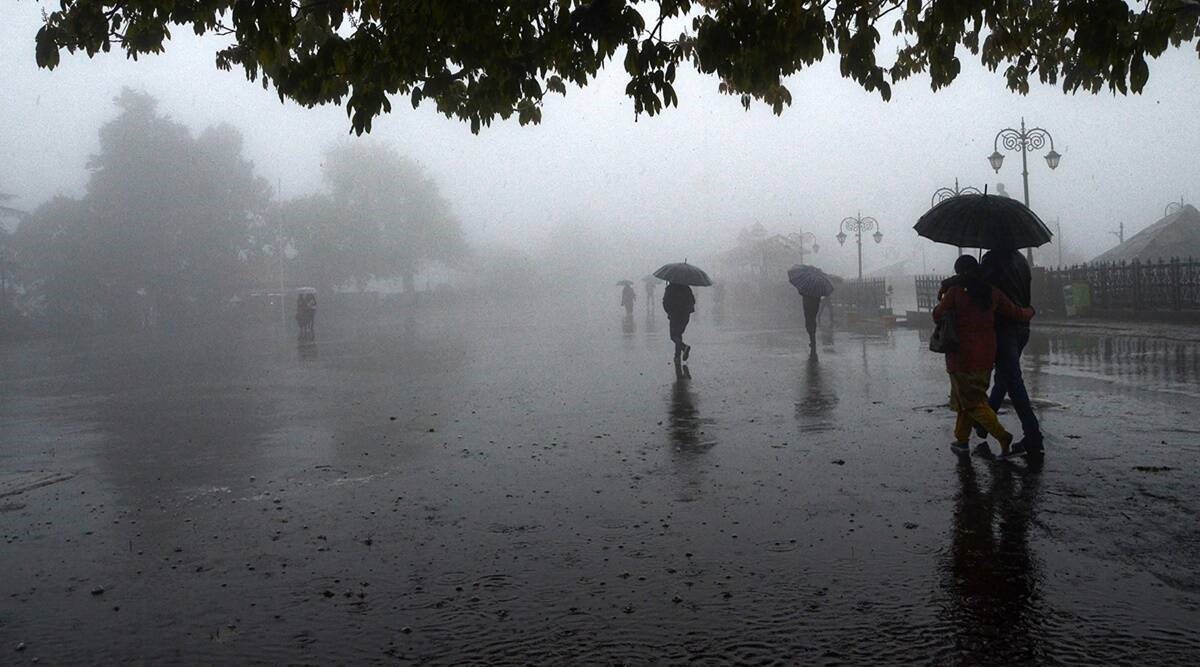Description

Disclaimer: Copyright infringement not intended.
Context
- India’s southwest monsoon season in 2023 may be below normal, according to the latest forecast by Skymet Weather - a private weather forecasting agency based in Noida, Uttar Pradesh.
Forecast
- The precipitation during the primary rainfall season in the country is expected to be 94 percent of its long period average (LPA), according to Skymet. The agency projected a 40 percent chance of this occurrence.
- There is also a 25 per cent chance for the season to be ‘normal’ and 20 per cent chance for it to be a drought year (monsoon rainfall below 90 per cent of the LPA), Skymet estimated.
|
LPA
LPA is the average rainfall received by the country from June to September during 1971-2020 and is calculated to be 868.6 mm. The India Meteorological Department (IMD) categorises a monsoon season with rainfall anywhere from 90-95 per cent of the LPA as a below-normal season.
|
- The distribution of rainfall throughout the season would also be skewed, as Skymet predicted a 70 per cent chance of normal rainfall in June and 50 per cent chance of normal rainfall in July.
- There is a 60 per cent chance of below-normal rainfall in August and 70 per cent chance of below-normal rainfall in September.

Reasons cited
- Southwest monsoon in India saw above-normal / normal rainfall in the last four years because of Triple-Dip-La Nina. But now, La Nina has ended.
- Many climate models have forecast the development of an El Niño event in the equatorial Pacific Ocean starting as soon as May.
Note: El Niño is the warmer-than-normal phase of the El Niño Southern Oscillation (ENSO) phenomenon and generally dampens monsoon rainfall.
- The likelihood of El Nino is increasing and its probability to become a dominant category during the monsoon is growing large, he added. ”El Nino return may presage a weaker monsoon.”
- The reasons for such a skewed distribution of rainfall could be the impact of the developing El Niño event and the Indian Ocean Dipole (IOD). A positive IOD generally negates the impacts of El Niño.
- The IOD, which occurs due to the difference in sea surface temperatures on either side of the Indian Ocean, is neutral right now and is leaning towards a moderately positive phase at the start of the monsoon.
- El Nino and IOD are likely to be ‘out of phase’ and may lead to extreme variability in the monthly rainfall distribution. Second half of the season is expected to be more aberrated.
ENSO: https://www.iasgyan.in/daily-current-affairs/enso
SOUTHWEST MONSOON: https://www.iasgyan.in/daily-current-affairs/monsoon#:~:text=The%20Arabian%20sea%20branch%20of,in%20heavy%20rainfall%20in%20north.
MJO: https://www.iasgyan.in/blogs/all-about-enso-and-mjo
IOD: https://www.iasgyan.in/daily-current-affairs/el-nino-37#:~:text=The%20Indian%20Ocean%20Dipole%20(IOD)%20is%20defined%20by%20the%20difference,Indian%20Ocean%20south%20of%20Indonesia.
|
PRACTICE QUESTION
Q. EI Nino-Southern Oscillation (ENSO) and Indian monsoon rainfall are known to be invariably linked. Elaborate.
|

https://www.downtoearth.org.in/news/environment/el-nino-impact-india-to-experience-below-normal-southwest-monsoon-predicts-skymet-weather-88685










